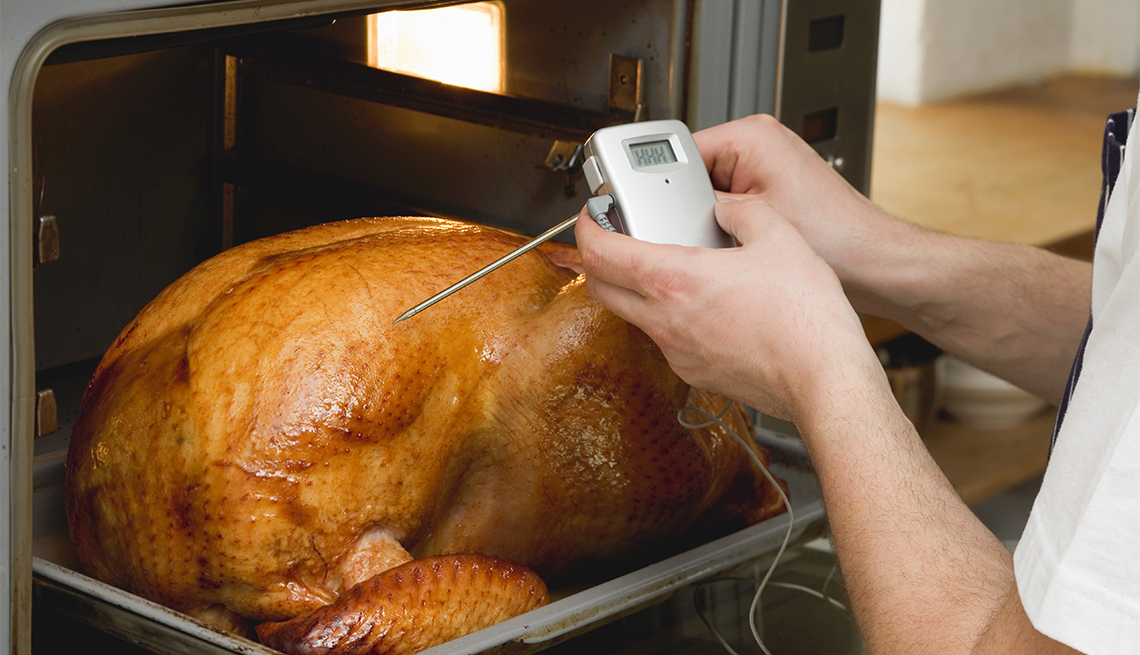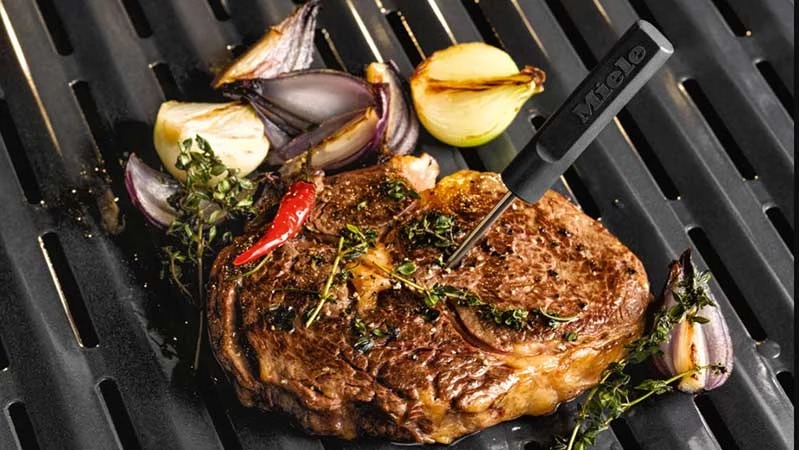Cooking chicken perfectly can be a challenging task, but with the right tools, it becomes much simpler. One such tool is the CDN meat thermometer. This guide will help you understand how to use a CDN meat thermometer to ensure your chicken is cooked to perfection every time.

Introduction to CDN Meat Thermometers
CDN is a trusted brand in the kitchen appliance industry, known for its reliable and accurate meat thermometers. These devices are designed to give you precise temperature readings, ensuring your meat is cooked safely and to the right level of doneness.

Why Use a Meat Thermometer?
Using a meat thermometer is crucial for food safety. It helps you avoid undercooking or overcooking meat, which can lead to foodborne illnesses or dry, tasteless meals. With a CDN meat thermometer, you can achieve perfectly cooked chicken every time.

Types of CDN Meat Thermometers
Digital Thermometers
CDN offers a range of digital thermometers that provide instant and accurate readings. These are easy to use and read, making them ideal for home cooks.
Dial Thermometers
Dial thermometers are more traditional and require a bit more time to get an accurate reading. However, they are still a reliable option for many home cooks.
Steps to Using a CDN Meat Thermometer
Step 1: Select the Right Thermometer
Choose either a digital or dial thermometer based on your preference and cooking needs. Digital thermometers are generally faster and easier to read.
Step 2: Calibrate Your Thermometer
Ensure your thermometer is calibrated correctly. Follow the manufacturer’s instructions to check and adjust the calibration if necessary.
Step 3: Preheat Your Oven or Grill
Before you start cooking, preheat your oven or grill to the desired temperature. This ensures even cooking and accurate temperature readings.
Step 4: Insert the Thermometer Properly
Insert the thermometer into the thickest part of the chicken without touching bone. This ensures you get an accurate reading of the meat’s internal temperature.
Step 5: Read the Temperature
Wait for the thermometer to stabilize and read the temperature. For chicken, aim for an internal temperature of 165F (74C) to ensure it is fully cooked.
Step 6: Clean Your Thermometer
After use, clean your thermometer thoroughly according to the manufacturer’s instructions. This ensures it remains in good working order and prevents cross-contamination.
Tips for Perfectly Cooked Chicken
Tip 1: Rest Your Chicken
After cooking, let your chicken rest for a few minutes. This allows the juices to redistribute, resulting in a juicier and more flavorful meal.
Tip 2: Use a Timed Approach
Along with your thermometer, use a timer to ensure your chicken is cooked for the right amount of time. This combination provides the best results.
Tip 3: Experiment with Seasonings
Don’t be afraid to try different seasonings and marinades to enhance the flavor of your chicken. A well-seasoned chicken can make a world of difference.
Common Mistakes to Avoid
Mistake 1: Not Calibrating Your Thermometer
Always calibrate your thermometer before use to ensure accurate readings.
Mistake 2: Inserting the Thermometer Incorrectly
Make sure to insert the thermometer into the thickest part of the meat without touching bone for the most accurate reading.
Mistake 3: Overcooking Your Chicken
Use your thermometer and timer to avoid overcooking, which can result in dry and tasteless chicken.
FAQs
How do I know when my chicken is cooked?
You will know your chicken is cooked when it reaches an internal temperature of 165F (74C) measured with a meat thermometer.
Can I use a CDN meat thermometer for other meats?
Yes, CDN meat thermometers can be used for all types of meat, including beef, pork, and lamb.
How do I clean my CDN meat thermometer?
Follow the manufacturer’s instructions to clean your thermometer, usually involving warm soapy water and avoiding submerging the digital parts.
For more tips on cooking chicken, check out Microwave chicken, Pair chicken, and Cooking on griddle.
For additional information on using meat thermometers, visit this guide.
As an Amazon Associate, I earn from qualifying purchases.










